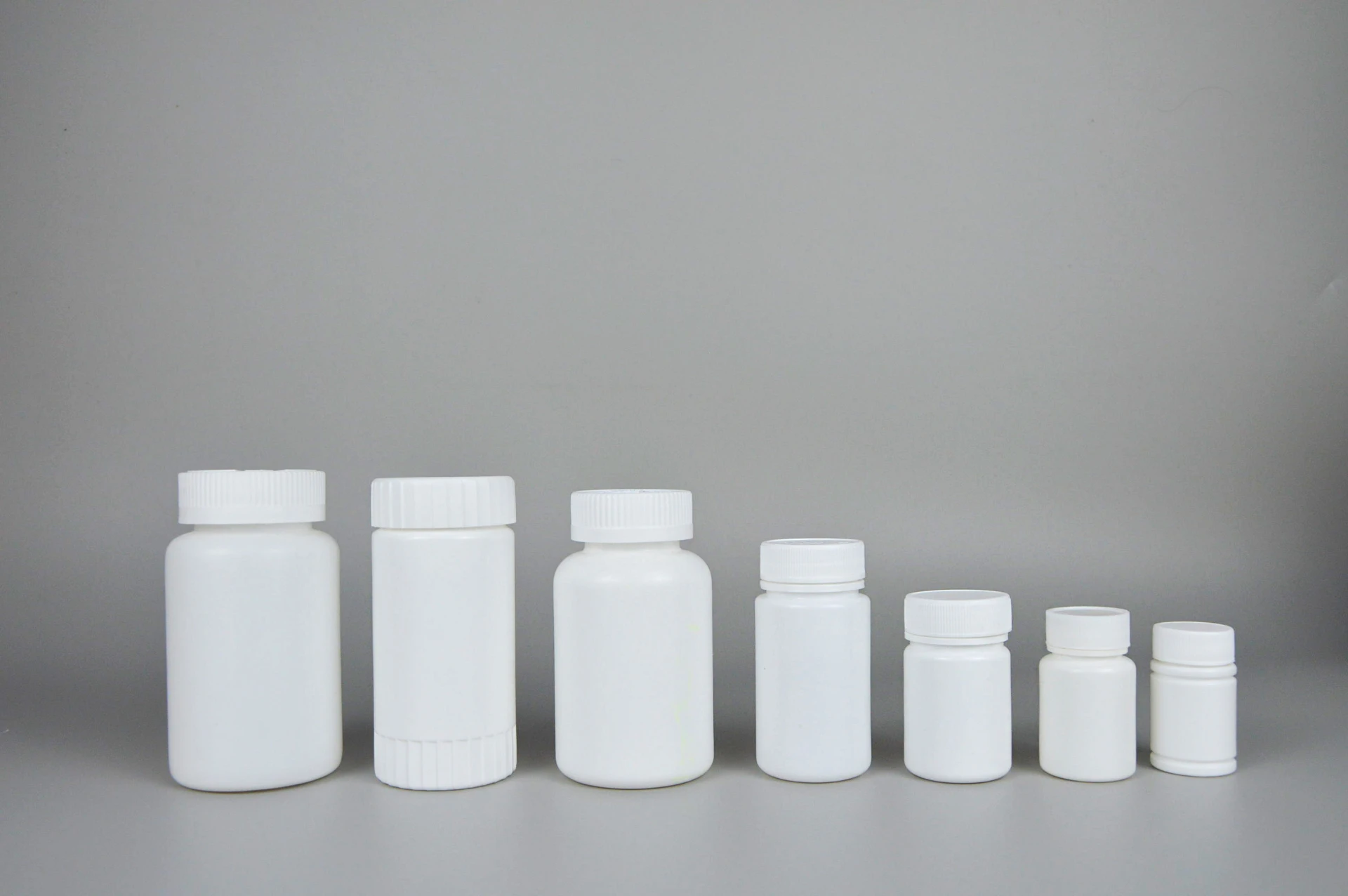https://www.wahmg.com/)">
Optimal Temperature Range for Falcon Tube Storage and Usage
Optimal Temperature Range for Falcon Tube Storage and Usage
Understanding the Temperature Range for Falcon Tubes
Falcon tubes, widely used in laboratories for sample storage, centrifugation, and various scientific experiments, are an essential tool in biological and chemical research. One critical aspect of working with Falcon tubes is understanding the appropriate temperature range in which these tubes can perform optimally without compromising the integrity of the samples stored within them. In this article, we will delve into the temperature specifications for Falcon tubes, the implications of temperature on sample integrity, and best practices for storage and handling.
Temperature Specifications
Falcon tubes, commonly made from high-quality polypropylene, are known for their durability and stability across a range of temperatures. Generally, Falcon tubes can withstand temperatures from -80°C to +121°C. This wide range allows researchers to store biological samples at ultra-low temperatures in freezers and to carry out heat sterilization processes such as autoclaving at high temperatures.
The lower limit, -80°C, is often used for the long-term storage of sensitive biological materials, such as DNA, RNA, and proteins. At these temperatures, biochemical processes slow dramatically, reducing the risk of degradation of critical samples. Conversely, the upper limit of 121°C indicates that Falcon tubes are capable of being autoclaved, making them appropriate for applications that require the elimination of microbial contaminants.
Implications of Temperature on Sample Integrity
Temperature plays a significant role in maintaining the integrity and viability of samples stored in Falcon tubes. If samples are stored outside the specified temperature range, there can be detrimental effects
1. At Low Temperatures While Falcon tubes are designed for low-temperature use, failure to maintain these conditions can lead to sample freezing, which may cause cellular rupture or changes in pH that can compromise the sample's integrity. Additionally, repeated freezing and thawing cycles can lead to degradation, particularly for delicate proteins and nucleic acids.
2. At High Temperatures Exceeding the storage temperature above 121°C can lead to melting or deformation of the tube, resulting in leaks and contamination. Moreover, at elevated temperatures, biochemical reactions may accelerate, potentially leading to the degradation of sensitive biological samples.
falcon tube temperature range

Best Practices for Storage and Handling
To maximize the effectiveness of Falcon tubes and the samples contained therein, researchers should adhere to best practices for storage and handling
1. Labeling Clearly label all tubes with sample information, storage conditions, and dates to ensure proper handling and tracking.
2. Consistent Temperature Monitoring Use temperature monitoring devices to ensure that storage units maintain the appropriate temperature ranges, especially in environments where temperatures may fluctuate.
3. Minimize Temperature Fluctuations Avoid repeated opening of cold storage units and instead retrieve multiple samples at once to reduce thermal stress on stored tubes.
4. Use Proper Techniques When cooling or heating samples, follow recommended protocols for gradual temperature changes to avoid shock and maintain sample integrity.
5. Choose the Right Tube Select Falcon tubes designed for specific applications, as some tubes come with features like graduated markings, leak-proof caps, and special formulations suitable for specific temperature ranges.
Conclusion
The temperature range for Falcon tubes is a crucial consideration in laboratory settings, as it directly impacts the quality and reliability of biological samples. By understanding the implications of temperature on sample integrity and following best practices for storage and handling, researchers can optimize the use of Falcon tubes in their work. In a world where precision and accuracy in scientific research are paramount, maintaining the correct temperature for sample storage is not just a best practice; it is essential for achieving reliable and reproducible results. Through proper care and attention to temperature specifications, scientists can trust that their samples remain intact and viable for their research needs.
-
Wholesale Plastic Juice Bottles with Caps 16 oz Options Available Bulk Packaging SolutionsNewsJun.10,2025
-
Laboratory Apparatus Reagent Bottle – Durable & Chemical Resistant Bottles for Safe StorageNewsJun.10,2025
-
Squeezable Dropper Bottles Durable, Leak-Proof & CustomizableNewsMay.30,2025
-
Affordable Plastic Petri Plates Sterile & Disposable Lab-GradeNewsMay.30,2025
-
Eye Dropper Caps Precision 24/410 & Plastic Bottle-Compatible TipsNewsMay.30,2025
-
Affordable Mini Spray Bottle Price & Wholesale Deals Shop NowNewsMay.29,2025





















